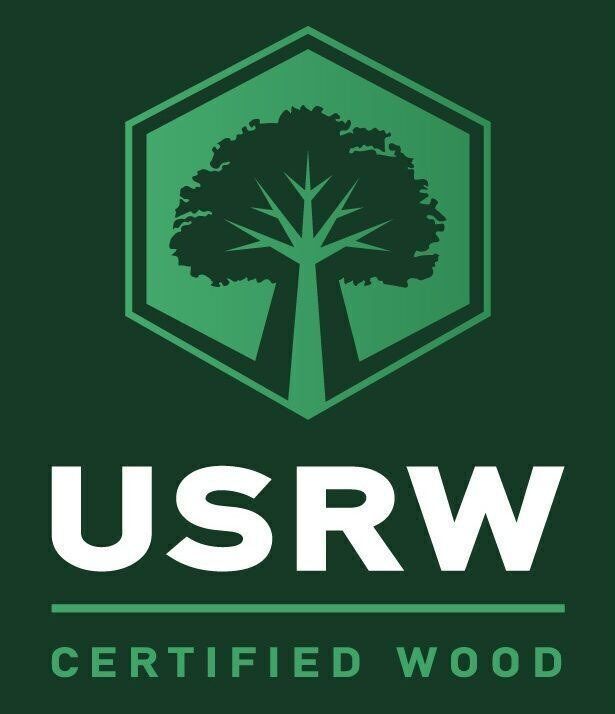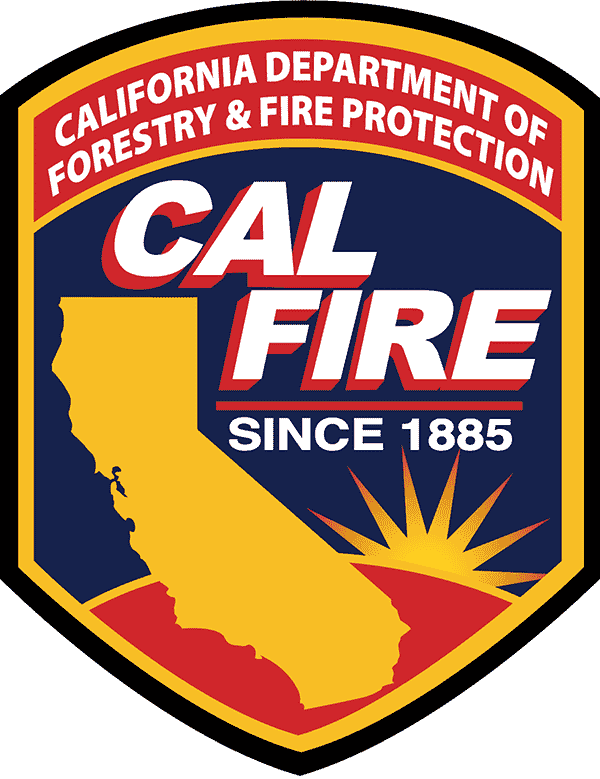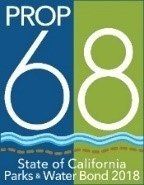USRW CERTIFIED WOOD STANDARDS
Appendix B - Urban Lumber Grades & Definitions
In an ideal world, only “mill run” urban wood would be offered. However, we understand that some applications will require a higher percentage of clear wood in the board for integrity and strength of the finished product. Therefore, these definitions were developed in an effort to maximize urban wood recovery and get as close as possible to zero waste. Traditional grading standards such as those of the National Hardwood Lumber Association, (NHLA) or any of the many softwood or other grading standards may also be used for urban wood sales.
These urban wood grades are meant to showcase the unique characteristics urban wood brings to the wood marketplace. These markets often seek character historically considered “defects”,
including; spalting, mineral stains, burls, branch unions and other high figure patterns. These grades are intended to reflect this uniqueness while remaining compatible with existing and traditional grade standards and terminology of organizations such as the NHLA. These grades are informational only to increase market consistency, they are not meant to imply any load-bearing capacity or structural lumber grade.
Not all mills will choose to separate by grade, and none can guarantee quantities as we are working within the constraints of nature’s inventory. These standards should provide consistency
for a consumer regardless of the location of urban wood vendor they are purchasing the wood from.
Note: This standard acknowledges a higher frequency of short boards in the urban-sourced logs and uses “cutting” sizes more comparable to the traditional walnut grading system.
Sapwood, spalting and figure are not considered defects in urban wood grading. Wane, and knots and small amounts of pitch are allowed as long as the minimum board size can be achieved.
Urban Wood Grades:
Urban Premium: Will provide long clear pieces. Minimum board size is 5” and wider, and 8’ and longer. Both faces of the board must provide clear cuttings a minimum size of 3” wide by 7’ long or 4” wide by 5’ long.
Urban Select: Will provide a minimum board size of 4” wide x 6’ long. From that boards surface no less than 80% of the better face will be contained within defect-free cuttings/pieces each measuring at least 4” wide x 3’ long or 3” wide x 6’ long.
Urban Mill Run: Will include all sound and marketable boards from any one log that are over 1 Bd. Ft. in size. Note: Urban mill run is the default marketing assumption for urban lumber sold in larger than single board quantities and may be the only “grade” offered by some mills.
Urban Character Grade Sound:
Will include Urban Mill Run with many or all Urban Selects and all Urban Premium removed.
Urban Character Grade Cuttings: Will Include Urban Mill Run with all Urban Selects and Urban Premium removed. May contain more loose knots shorter material than Urban Character Grade Sound.
Urban Pallet Mixed Hardwoods:
Will include a mixture of lower grade urban hardwood species that can be used for pallet material.
Urban Pallet Mixed Softwoods: Will include a mixture of lower grade urban softwood species that can be used for pallet material.
Definitions:
Live Edge or Natural Edge: This term means boards or slabs where no less than 80% of its lengthwise edges include the exterior growing edge of the log from which it came, either with or without bark removed. Knots, checks and irregular grain are all considered normal urban wood character, not defects; however, no more than 15% of its surface area may include rot without further notations in the sale. In scaling its board foot measure, the width is calculated as the width at 6” from each end plus the narrowest width divided by 3, all measured on the narrow face of the board, excluding bark. This standard allows for a seller to make additional “averaging” measurements to accommodate highly variable slab widths. Live edge may also be marketed as ‘single live edge’ if only one edge meets the 80% natural surface criteria.
Board
= Pieces 12” wide or less, of any thickness, OR if over 12” wide, must be under 6/4 thickness.
Slab
= Pieces with a minimum 6/4 thickness that also have more than 50% of their length over 12” wide.
Cookie
= Cross sections of a log that are cut off the end of a log creating an end grain piece; generally round and therefore referred to as “cookies”. Cookies can be any diameter and thickness.
Turning Block = A block of wood that can be put on a lathe with hand-held tools to cut a shape that is symmetrical around the axis of rotation used to make bowls, platters and pens.
These are simply the grades and the general cut types, within them there will also be varying defining characteristics and figures that are defined including quarter sawn, flat sawn, old growth, burl, birds-eye, curly, pillowed, flame, etc.
This section is a way that urban wood owners who manage large populations of trees, can proactively plan to best utilize their urban trees when they need to be removed. This does not apply to individual homeowners (See Appendix C for Example).





